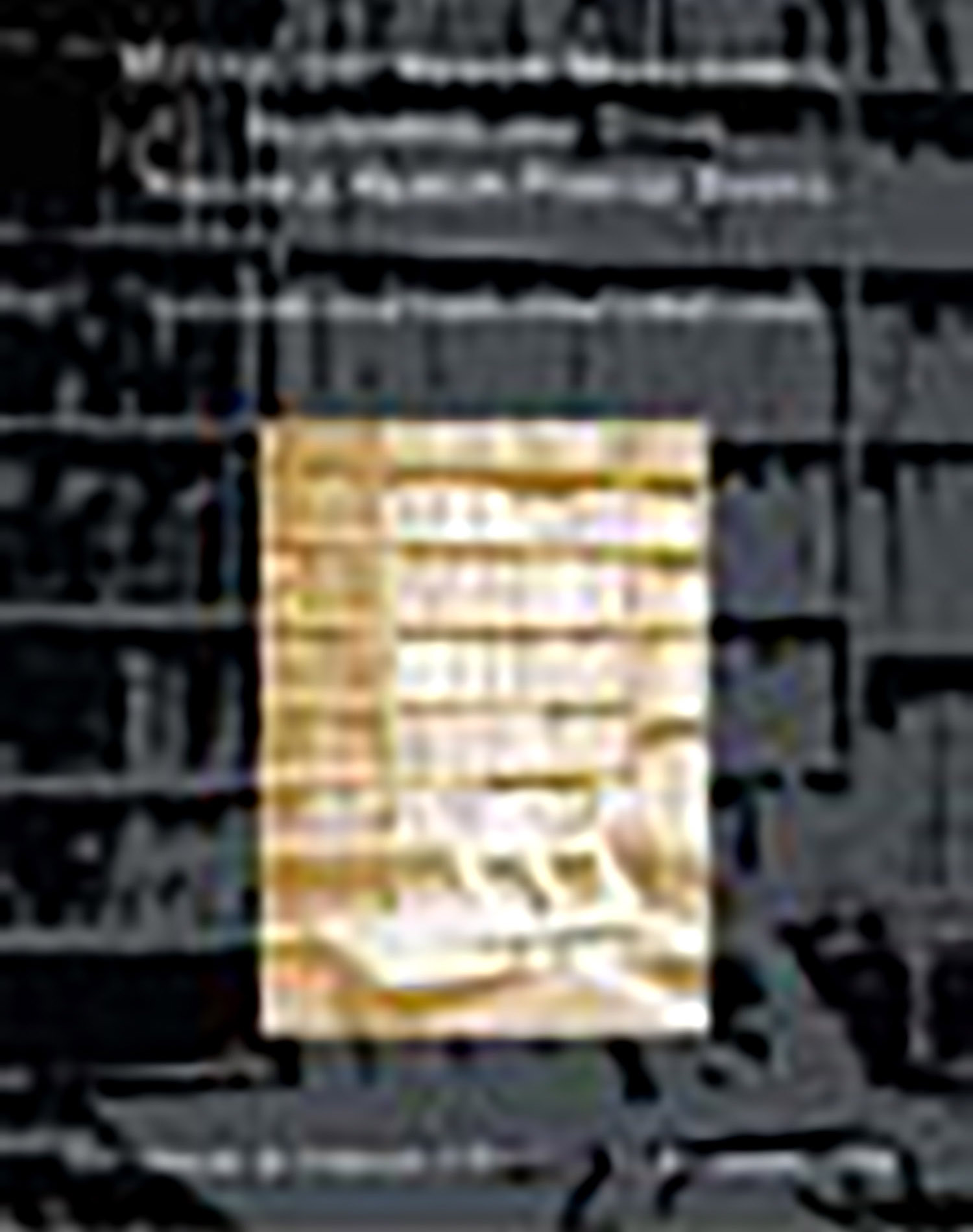Selichoth [penitential prayers]. According to Romanian rite.

AUCTION 18 |
Tuesday, December 17th,
2002 at 1:00
Magnificent Hebrew Manuscripts, Incunabula and Other Valuable Hebrew Printed Books Sold By Order of The Trustees of Jews' College, London.
Lot 15
(LITURGY)
Selichoth [penitential prayers]. According to Romanian rite.
Balkans: 15th Century
Est: $35,000 - $50,000
PRICE REALIZED $37,000
Text: The text contains piyutim for penitential prayers according to the esoteric Greek Romanian (Romaniot) rite. Not to be confused with Rumania, but a rite prevalent in the Byzantine Empire in the geographic area now comprising Greece, the Balkan States and Western Turkey.
The order of prayers opens with the preliminary supplication “shomer goy mevorach,” with instructions to recite kaddish, “be’noam u’be’kavanah sheleimah,” (with pleasantness and complete devotion.) The four categories of piyuttim begin at f.1v under the headings Petichoth, Selichoth, Tachanunim and Tochachoth. The Selichoth section comprises f.1v-28r, where the scribe states; “Nishlamu Ha’selichoth La’shem Elokeinu Ha’rachamim Ve’ha’selichoth…A’cheil Ha’tachanunim” (The selichoth are completed… I will commence the Tachanunim). The Tachanunim section ends on f.55v and is followed by Seder Chatanu. The section of Tochachoth Ve’ha’vidduim begins on f.66r. f.80v is a blank. The final eight leaves of the manuscript contain the Romaniot liturgy for Chanukah, the Fast of the Tenth of Teveth and Shabbath Beraishith. These prayers, of a slightly different script and with thirty two lines per page, were evidently penned by a different scribe.
The Paytanim (Authors):
The scribe identifies many of the authors, although most are annonymous. In the Tochachoth section the scribe identifies the Romaniot poets R. Moses b. Chiyya (ff. 66r and 68v.); Moses b. Abraham (f.66v); and Nathan Ha’kohen (f.69v). The authors of other piyutim can be identified from the acrostic of their name, such as R. Abraham b. Isaac (f.65v.) and R. Mordechai b. Isaac (f.71r.)
The beautiful penitential poetry of these piyutim are not included in any other rites. According to Davidson, most are only found in the Machzor Romaniot. Others are entirely unpublished and can only be found in this manuscript. For example the beautiful Efeh Kayolada by Moses b. Abraham [Davidson, Aleph 7156]; Ehzeh Ka’yona by Judah b. Elija [Davidson, Aleph 1279]; and Yetzir Chomer MahTigeh [Davidson, Yud 3532]. Many of the piyutim are unknown bibliographically from any other source and again, are not listed by Davidson: Melech kol Ha’shochein Ruma (f.22v.); Agida Norotecha Tautzumotech (f.23r); Al Tirchak Mimeni Ki Tzarah Kerovah (f.74r.); Hashmiu Baiyim Katzath El (f.86v.). Others are variants of Davidson: Amarti Le’avanim Be’shigayah Galuah La’chush, which is cited by Davidson as Lo La’chush [Davidson, Aleph 5963].
An accurate reading of Shochuei Rum [Davidson, Shin 635] is contained in this manuscript. Davidson notes that Zunz lists only three words from this piyut; “Hatzavei Eish U’mayim.” This manuscript contains the obviously correct readling; “Chatzavei” with a “chet.”
This is an unusually rich collection of piyutim from various countries, wtih compositions of many paytanim cited by Zunz but extant only in manuscripts from the 19th Century. The full text of many of them have never been published. L. J. Weinberger published a selection of Romaniot Selichoth in his work Romaniot Penitential Poetry (1980) based upon various manuscripts and published sources, but was evidently unaware of the present manuscipt. In 1988 he used this manuscript as one of the souces for the poetry of Moses b. Chiyya in his work, Early Synagogue Poets in the Balkans (1988).
See: I. Davidson, Thesaurus of Mediaval Hebrew Poetry, (New York 1970); and, on the Romaniot rite in general, see S.C. Reif, Judaism and Hebrew Prayer (Cambridge 1993) pp. 161-3 and footnote citations.
